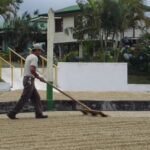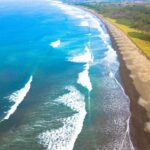
Costa Rica in February is brilliant! It’s sunny and filled with all the lusciousness of the recent rains, but shining under the pleasant months of the sunny season. It is a period to see animals, to enjoy forest trails, and to relish in adventures. Read on to find more about Costa Rica in February.

February in Costa Rica is bright, cool, and occasionally wet in certain areas. It is a transitional month, going from cloudy to sunny in the Pacific Ocean-influenced regions and from rainy to sunny in the Caribbean and Northern areas.
In the mountains, it may be chillier than normal. Monteverde, the area of San Ramon, or the zone of Los Santos, will be cooler and sometimes rainy.
It’s also important to realize that the month of February is part of the high season, and rates will be higher than in other periods of the year. As well, there will be larger groups of people in the renown places and longer lines to get into national parks and reserves.
This guide divides the seasons and locations, as well as the highlights of February in Costa Rica; there may have some differences from one place to the next.
Costa Rica, as small as it appears, has a complex calendar that will most likely alter your schedule if you are presently arranging your vacation.
If you’re looking for warm weather and a place with beaches, adventure, and the allure of a tropical getaway, February in Costa Rica has lots of possibilities for you to consider.
Our Weather in Costa Rica in February: Sunny season
Costa Rica has no seasons, the temperature varies little from season to season. (Although most people refer to them as seasons, the correct term is “periods.”) To put it simply, sometimes it rains less, and sometimes it rains a lot. This periodicity varies depending on height above sea level, wind, humidity, and other factors.
The sunny season runs from December to late April and even early May in all the areas influenced by the Pacific Ocean. The rainy season in these regions goes from May to November.
The areas influenced by the Pacific, other than, logically, the coast, are: all mountain ranges on their Western slopes, the Central Valley, and the Nicoya and Osa Peninsulas.
In the Caribbean Coast, Arenal, Sarapiqui, Turrialba, and on the Caribbean slopes of the mountain ranges, the sunny season time changes as it occurs in March and April, as well as September and October. As a result, these locations are most likely experiencing rain throughout the month of February in Costa Rica.
In areas like Monteverde, Rincon de la Vieja, or the Central Volcanic Mountain Range (where you can find the Intercontinental Division), climate may vary in close proximity. So, you may be on a trail and in a very humid environment in the Monteverde Cloud Forest Preserve, while in the close-by town of Santa Elena it is sunny and hot.
In February in Costa Rica there is also the chance of having cold fronts showing up occasionally, lowering temperatures in the mountains and causing continuous rains in the Caribbean lowlands.
Another phenomenon that is quite common in the rainy period is sudden pours. You may have a dramatic storm with curtains of water coming down one minute, and at the next, the sun will come out, and all that remains is the bright reflexion of millions of droplets over nature.
Keep in mind that the weather in the tropics is variable, and all we give here is a general guideline.
Agriculture in February in Costa Rica:
The coffee picking, as well as its complete process, is almost at its end, although if you visit one of the usual coffee tours you can still witness all the coffee process.
It is also sugar cane season. During the sugarcane harvest season, you may observe some considerable loads on huge carts pulled by tractors and on containers on several of the North Pacific’s roadways. If you’re driving, keep an eye out for twisting roads, as they might be heavy and slow.
Regarding fresh fruits, February is a great time in Costa Rica to eat strawberries, guavas, passion fruit, tamarind, watermelons, and cantaloupes.
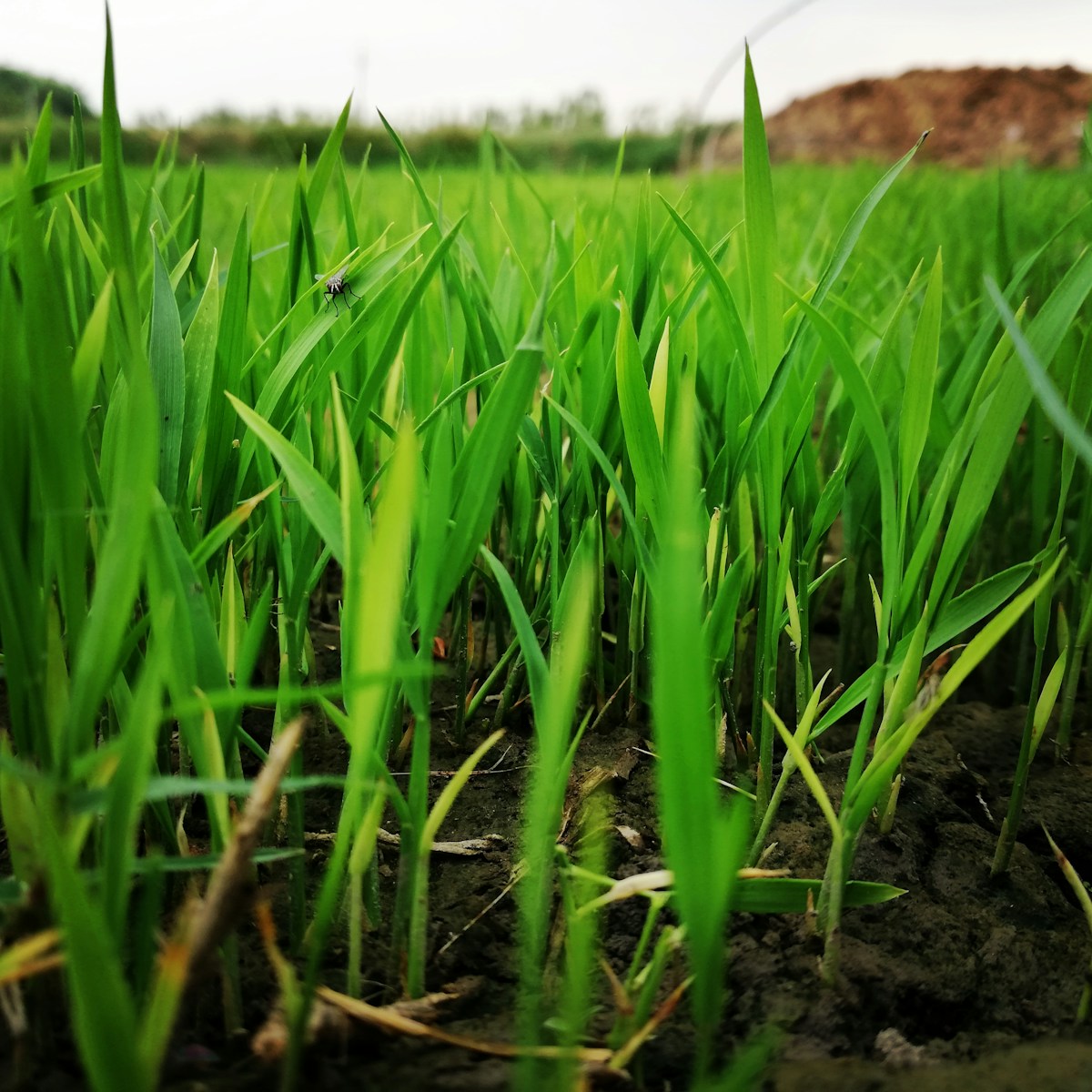
Trees
It is probable that now is an ideal moment for tree enthusiasts because various kinds are in bloom.
The Poro Poro, or Flame of the Forest, is the most appealing during this time of year. These trees were used to shade the coffee and have lost their leaves and blossomed with beautiful orange/red blooms, producing a magnificent green and orange panorama that is difficult to forget.
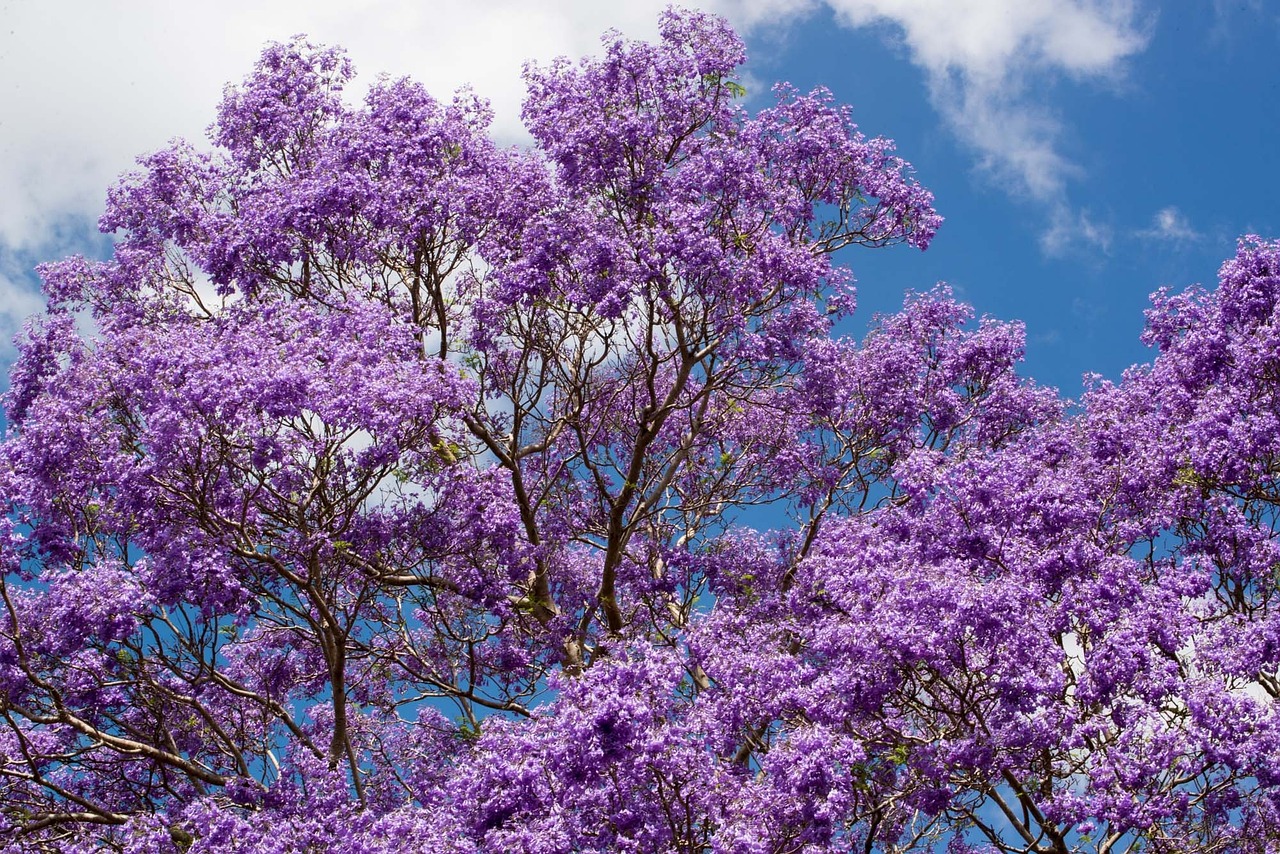
The legendary ironwood is derived from the Yellow Cortez tree, which blooms at this time of year. The tree, as the name suggests, is covered in bright yellow blossoms, which complement the spectacular landscapes of the orange poro poro trees.
February Wildlife Sightings in Costa Rica:
Nature does not function like a zoo; sightings are largely based on chance, although there are many creatures in Costa Rica that you may view all year, including monkeys, coatimundis, sloths, and over 600 species of birds, six kinds of toucans, and over 50 species of hummingbirds.

Birds:
The 252 migratory bird species are enjoying the sunny weather and profusion of food in the forests at this time of year.
It is also the start of the mating season for many species, so behaviors are interesting and, in some cases, even funny.

In February, there are many resident and beautiful migratory species to be observed, some of which are listed below:
The macaws, the scarlet and green macaws are is visible in the lowlands in the Caribbean as much as in the Central Pacific
. Some places where you can see Scarlet Macaws are Jaco, Osa Peninsula, Manuel Antonio, Carara National Park, and Corcovado National Park. To observe the Green Macaws, you will have to go to the Caribbean lowlands or the northern area close to Ciudad Quesada and La Fortuna.
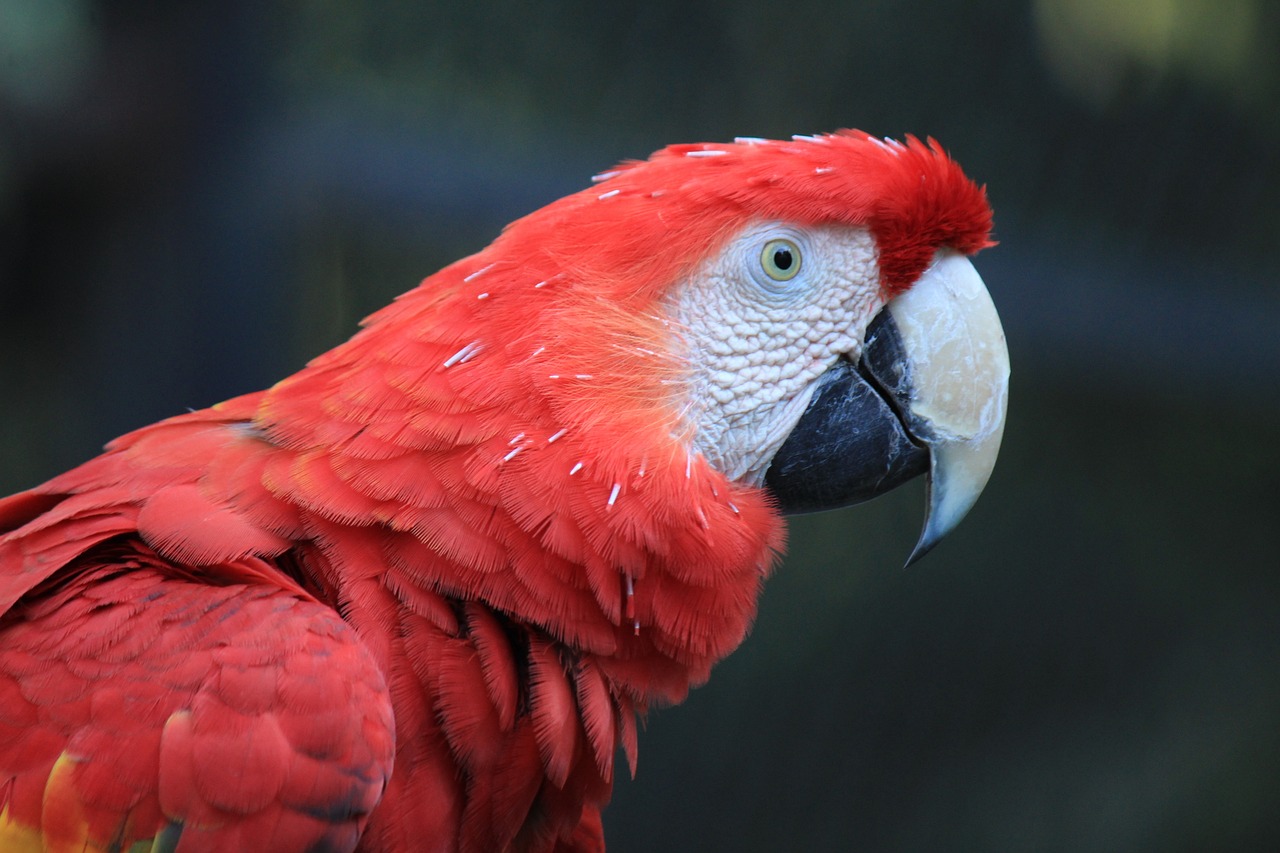
Hummingbirds: Costa Rica is home to over 50 species of hummingbirds, each with its own distinct look and flight pattern. They are visible all year.
In Costa Rica there are six species of toucans, and you can find them in February in Costa Rica throughout the different areas, depending on how hot or chilly it may be: In the cloud forests, you can easily see the Emerald Toucan and the Yellow-eared; the Black Mandible and the Rainbow-billed or keel-billed Toucan can be seen throughout the country, with some exceptions regarding the South Pacific and the South Caribbean.

The Collared Aracari dwells on the Caribbean slope, from southern Mexico to western Ecuador, and has the same range as the Fiery-billed Aracari.
The Collared Aracaris are scarce on the northwest Pacific slope of Costa Rica but becomes more abundant in the western half of Guanacaste and the Nicoya Peninsula.
But they are visible all year round and of course, February is not an exception in Costa Rica.

During February in Costa Rica, you may see the Resplendent Quetzal at Monteverde and Savegre, as well as other mountain highlands.
At this time of year, Resplendent Quetzals make their nests, and if you examine one of these nests, they become extremely visible (from a logical distance and with the proper optical gear, this is a fantastic experience!).
If you are willing to see a particular species, please let send me a note, I can get you in contact with the best birdwatching guides in Costa Rica. If you like a bird watching itinerary, they can get you the best!
Whales:
· Humpback whales in the North Atlantic: From December to March
· Humpback Whales in California: From December to April
Whales coming in this time of year are from the Northern Hemisphere, and sometimes you can spot them, and sometimes they go to hawaii and other destinations.
Best time to watch whales in Costa Rica is from August to October, on the Pacific Coast.

Dolphins:
Species such as bottlenose and spotted dolphins can be observed all year.
From December through March, look for the spinner and the common dolphins.
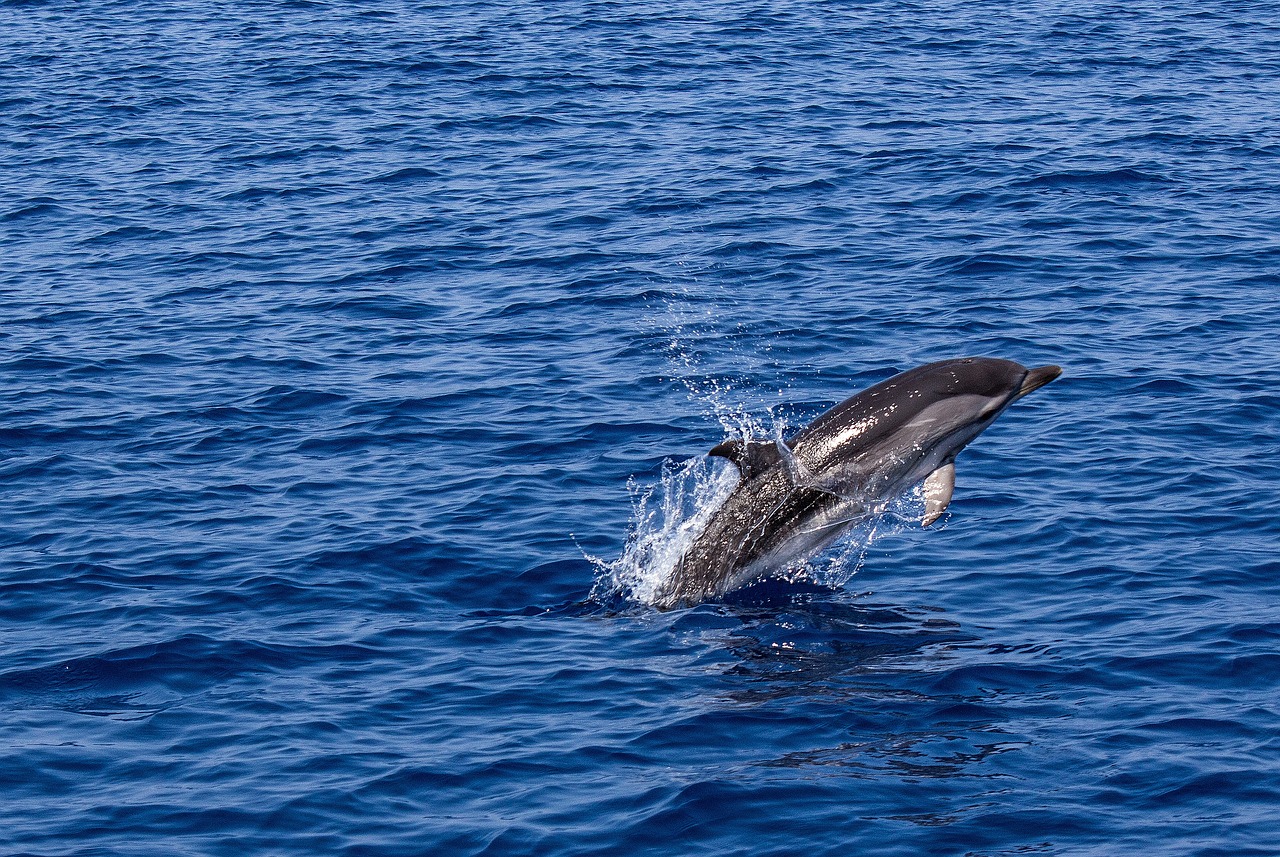
The Best Places to Watch Dolphins:
· Drake Bay
· Golfo Dulce
· Tamarindo Beach
· Dominical-PParque Marino Ballena
· Tambor Beach
· Gulf of Nicoya
Dolphins are occasionally observed in the Tortuguero Canal on the Caribbean side.
Sea Turtles in February in Costa Rica
The following species can be seen all year: Leatherback, Olive Ridley, Hawksbill, and Pacific Green Sea Turtle.
The next are the best spots to observe sea turtles in February:
· Marino Las Baulas National Park, Tamarindo, Playa Grande
· National Park of Santa Rosa
· Wildlife Refuge at Ostional, Arribadas
If you are in the North Pacific region in this time of year be attentive to the impressive arribadas that come to our coasts to lay their eggs. It is an incredible phenomenon to witness.  The Travel Industry in February in Costa Rica
The Travel Industry in February in Costa Rica
February is considered the “high season.” This means that thousands of visitors, mainly coming from the North (United States and Canada), come to Costa Rica, running away from the cold spells of winter.
Places like Tortuguero, Arenal, Monteverde, Manuel Antonio, and Tamarind will be quite full. And there might be lines to get into some places; restaurants may ask for reservations, and tours may be filled to their capacity.
Please keep in mind to keep your mask on at all times and have alcohol in gel at reach to put on your hands often. Use the lavatories every time you go into a place and keep social distance.
Surfing:
From December to late February, the cold fronts produced in the North create amazing swells on the Caribbean coast of Costa Rica.
Salsa Brava is at its peak; however, the whole South Caribbean area will be in its best time for skilled surfers.
This wave, which many experts say is a classical Hawaiian wave, originates in deep waters and breaks on the reef barrier.
This causes a large wave to form, carrying a significant volume of water, with a tube on the right edge and a field to surf on the left—a perfect experience of warm water.
Salsa Brava is a dangerous wave, not recommended if you are a beginner in the world of surfing. It can be challenging even for the most experienced surfers, so it is advisable to enter it if you have experience and always have a spare surfboard.
The best time to surf this wave is December and January, when it reaches up to 8 meters in height, although the wave’s energy is also great throughout the rest of the year. Sometimes in February in Costa Rica there are still some good waves.
To wrap it up
Remember that February is a beautiful, bright month! A great time to come to Costa Rica if you’d like to get some more information or ask any questions regarding Costa Rica. send me a note to writer@olgasaenz.com
 The Travel Industry in February in Costa Rica
The Travel Industry in February in Costa Rica